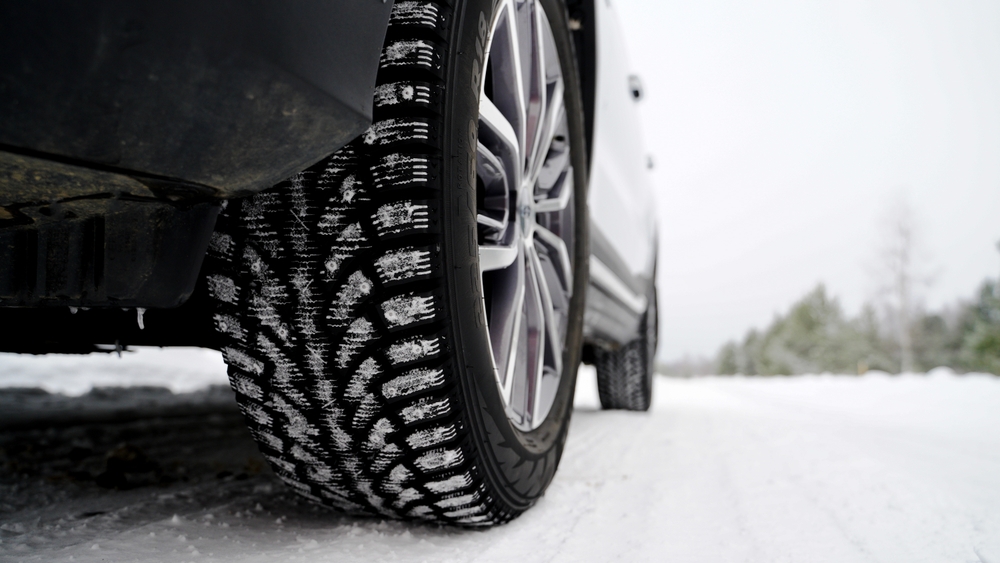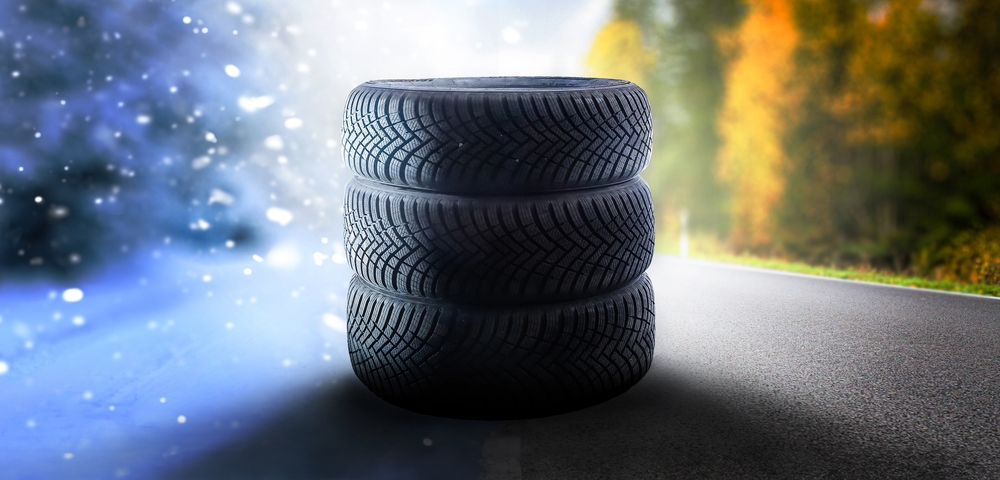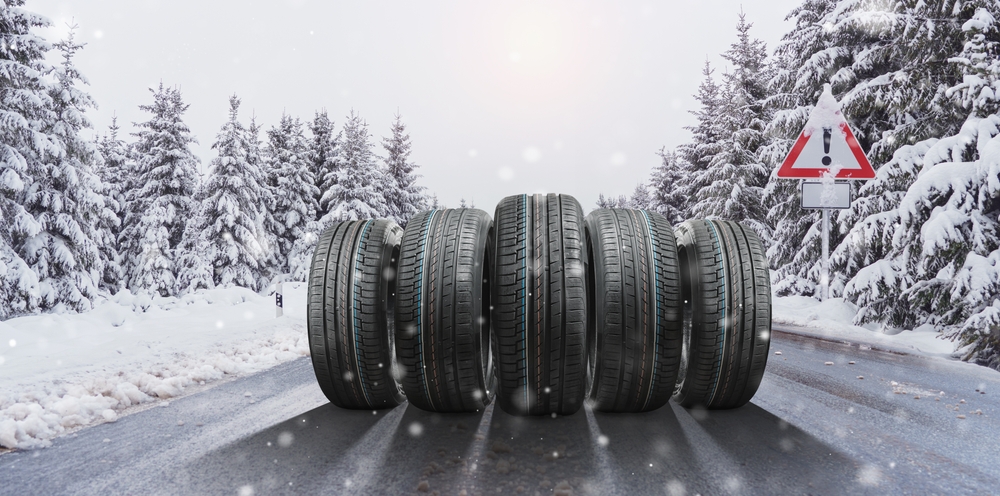As the crisp air sets in and the first frost appears on your windshield, it’s a clear sign that winter is coming. For drivers across the Midwest, this also means it’s time to think about tire safety. Many people assume that “all-season” tires are good enough year-round, but when the temperature drops below 45°F, dedicated winter tires become a game changer for safety, control, and performance.
At Kunes Auto Group, we’re passionate about keeping drivers safe in every season. Knowing when — and how — to switch from summer to winter tires not only helps protect you and your passengers but also extends the life of your tires and enhances your vehicle’s performance.
Why Tire Type Matters More Than You Think
Your tires are your vehicle’s only contact with the road — a small patch of rubber roughly the size of your hand on each corner. That small area determines how well your car accelerates, turns, and stops. And when the seasons change, so should your tire strategy.
Summer Tires
Summer tires are engineered with a stiffer rubber compound and shallower tread design, ideal for warm, dry, or rainy conditions. They offer:
- Superior cornering and steering response
- Excellent traction on both dry and wet pavement
- High-speed stability
However, when temperatures drop, that firm rubber hardens and loses flexibility — drastically reducing grip and braking performance. Even on dry pavement, summer tires can become slippery in cold weather.
Winter Tires

Winter tires (also called snow tires) are made from a softer, more pliable compound that stays flexible in frigid temperatures. Their tread patterns feature deeper grooves, wider channels, and thousands of tiny biting edges designed to cut through slush, snow, and ice.
The difference in traction is dramatic: at 30°F, a vehicle on winter tires can stop up to 30% shorter than one on summer or all-season tires. That can be the difference between a safe stop and a fender bender.
When the mercury drops below that 45°F mark consistently, it’s time to make the switch.
Safety First: Traction, Braking, and Control
Switching to winter tires isn’t just about following a seasonal routine — it’s about maximizing your control when conditions are least forgiving.
Even if your vehicle has all-wheel drive, traction control, or stability assist, those systems can only perform as well as your tires allow. Without proper winter traction, electronic systems can’t compensate for a lack of grip.
How Winter Tires Keep You Safer
- Better braking: Winter tires dramatically shorten stopping distances on ice and snow.
- Improved acceleration: You’ll get moving more easily from a stop without excessive wheel spin.
- Superior handling: Deep treads help prevent hydroplaning on slushy roads.
- Enhanced confidence: The right tires help you stay in control even in unpredictable Midwest weather.
Think of it this way — you wouldn’t go hiking in flip-flops. The same logic applies to your vehicle: the right gear for the right conditions keeps you safe.
How Seasonal Swaps Save You Money
Many drivers worry about the cost of owning two sets of tires. But the truth is — it’s actually a smart financial decision.
Here’s why:
- Extended tire life: Because you only use each set for half the year, they’ll both last nearly twice as long.
- Better fuel economy: The right tire compound for the temperature means less rolling resistance and improved efficiency.
- Reduced wear and tear: Using summer tires in freezing temperatures or winter tires in heat accelerates wear and compromises safety.
- Fewer repairs: Enhanced traction means fewer slips, slides, and collisions — protecting your vehicle and your wallet.
When viewed as an investment in performance, longevity, and safety, winter tires more than pay for themselves over time.

When and Where to Make the Switch
In the Midwest, the ideal window to install winter tires is late October through early November — before the first big freeze or snowfall hits. Likewise, you can typically switch back to summer or all-season tires in March or early April, when temperatures stay consistently above 45°F.
At Kunes Auto Group, our certified technicians can:
- Help you choose the right winter tires for your make and model.
- Professionally mount, balance, and align them.
- Inspect your brakes, suspension, and fluids while you’re here.
We work with all major tire brands and vehicle types — from family SUVs and sedans to heavy-duty trucks and high-performance vehicles. Whether you’re gearing up for icy backroads or snowy commutes, Kunes has you covered.
Pro Tip: Consider a Dedicated Winter Wheel Set
If you live in an area that sees significant snow or long winters, investing in an extra set of wheels for your winter tires is worth it.
- You’ll save time and labor costs during seasonal swaps.
- The mounting process is faster and less wear-inducing on the tire beads.
- It prevents cosmetic damage to your summer wheels from road salt and slush.
Plus, with your winter tires mounted on their own rims, you can easily switch them at home or have your Kunes technician do it in minutes.
Drive with Confidence All Winter Long
Switching from summer to winter tires isn’t just about maintenance — it’s about driving smarter. When the temperature drops and roads turn slick, your tires become your first line of defense against accidents.
By making the switch at the right time and maintaining your tires properly, you’ll enjoy:
- Improved handling and control
- Safer braking distances
- Longer-lasting tires
- More confident winter driving
Don’t wait for the first snowstorm to catch you off guard. Visit your nearest Kunes Auto Group Service Center today to schedule your winter tire installation or tire inspection. Our team will help you find the right tires for your vehicle and ensure you’re ready for every mile ahead.



